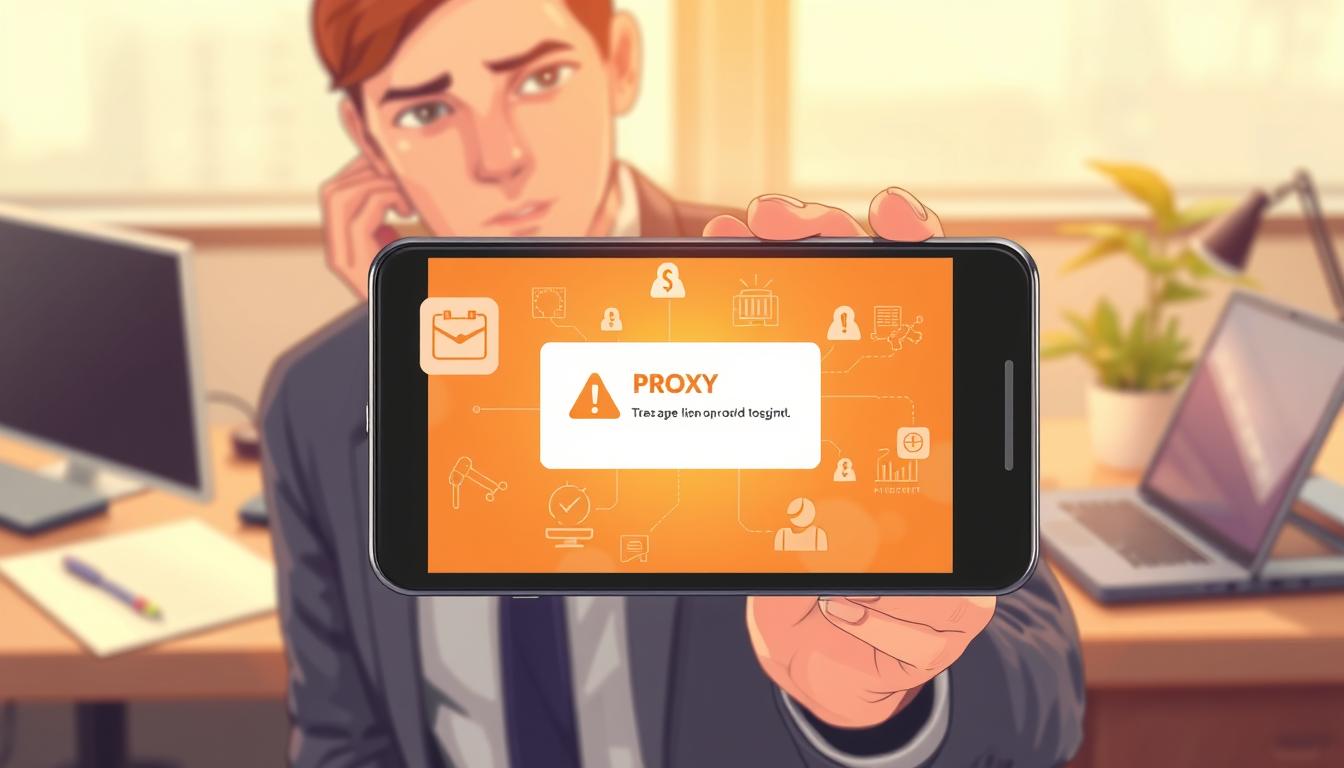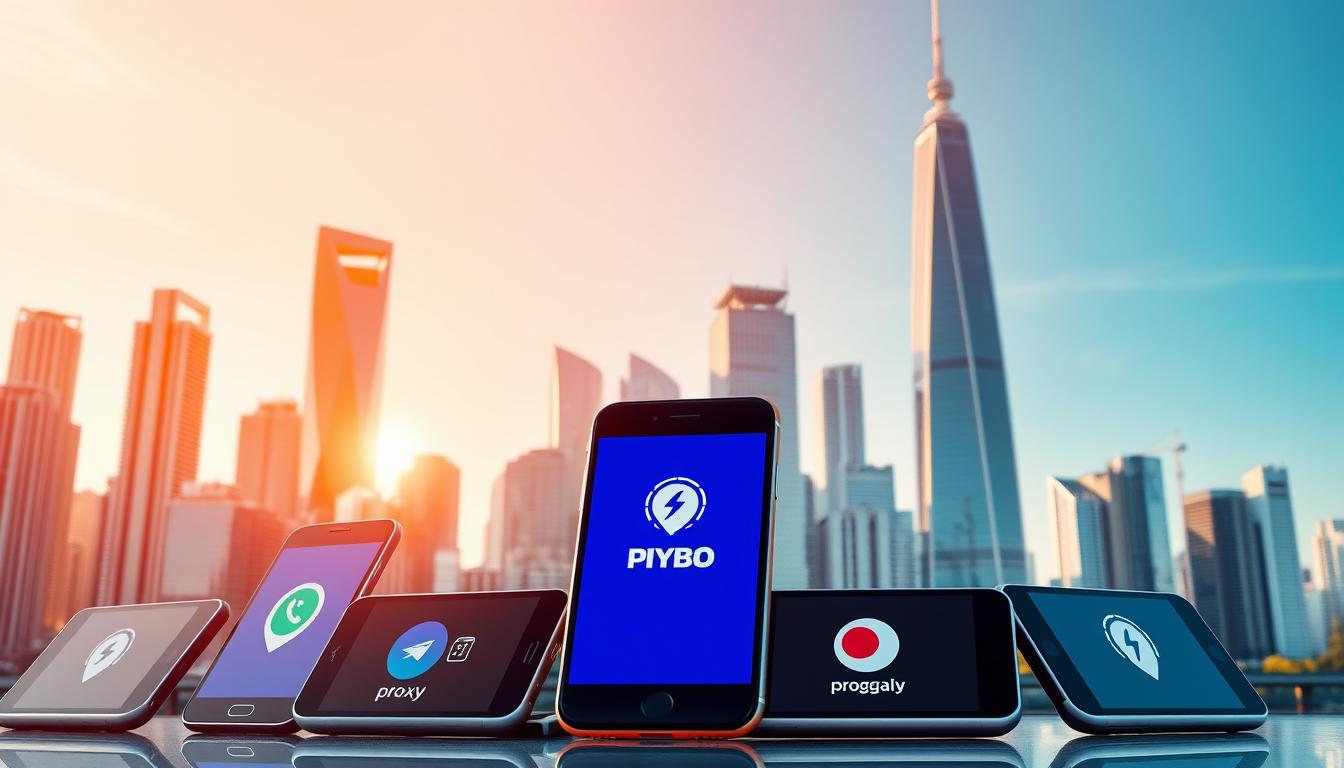FTC disclaimer: This post contains affiliate links and I will be compensated if you make a purchase after clicking on my link.
Looking to make your human services work better? Find the top software that’s changing the game. These tools help with everything from managing cases to analyzing data. They make your team more efficient and your clients happier.
Key Takeaways
- Explore the best human services software solutions to improve productivity and client relationships
- Understand the key features to look for in human services software, including automation, data management, and reporting
- Learn how leading software like ADP Workforce Now, Gusto, and BambooHR can benefit your organization
- Discover pricing models and implementation considerations to choose the right software for your needs
- Stay ahead of the curve by understanding future trends in human services technology
What is Human Services Software?
In the world of human services, software is key for better work and care for clients. Human services software, like client tracking software and HIPAA-compliant software, helps manage many tasks. This includes hiring, keeping employee records, tracking work hours, and handling benefits and rules.
Definition and Purpose
Human services software is a big help for groups in social, mental health, and healthcare. It makes work better and helps clients more. It has tools for finding and keeping employees, tracking their work, and learning new things. It also has tools for looking at data.
Key Features to Look For
- Robust applicant tracking system for efficient hiring
- Employee database management to maintain detailed records
- Time and attendance tracking to ensure accurate payroll
- Benefits administration to streamline employee onboarding and off-boarding
- Compliance management tools to ensure adherence to regulatory standards
- Performance management features to track employee growth and development
- Comprehensive reporting and analytics to gain valuable insights
These features help human services groups work better. They make client care better and follow important rules like HIPAA.

Benefits of Using Human Services Software
Using human services software can really help your organization. It makes things more efficient, helps you connect better with clients, and keeps you in line with rules. It automates tasks, manages client data well, and offers great ways to talk to people. This tech can change how you help your community.
Improved Efficiency and Productivity
Human services software makes HR tasks easier and less error-prone. It automates tasks like tracking volunteer hours and managing grants. This lets your team focus on helping clients and making a real difference.
With easy-to-use interfaces and smart workflow tools, your staff can do less paperwork. They can spend more time giving great care to those who need it.
Enhanced Client Relationship Management
At the core of human services software is a strong CRM system. It keeps all client data in one place. This means your team can see everything about a client’s needs and history.
With this info, your team can offer personalized support. They can tailor services and build stronger bonds with the people you help.
Better Compliance and Reporting
Keeping up with rules and funding is key for human services groups. The software makes this easier by automating data collection and report-making. It also keeps data safe.
With good reporting tools, you can track important metrics. This helps you see how well your programs are working. You can then make smart choices to keep improving.
From tools for managing volunteers to software for grants, human services tech has lots to offer. It can make your organization more efficient, build stronger client relationships, and show your dedication to excellent service.

Top 7 Human Services Software Solutions
Looking for the best human services software? There are many top options to consider. They offer features like case management and client tracking. They also have reporting tools and help with compliance, fitting different sizes and needs.
1. Apricot by Social Solutions
Apricot by Social Solutions is a top social work software. It helps human services groups work better and get better results. It has strong case management, data insights, and custom workflows. It’s a favorite among nonprofits and government groups.
2. Flourish Software
Flourish Software is a cloud-based client tracking software. It makes case management, client talks, and data reports easier. Its easy-to-use design and connections with other tools make it great for human services groups.
3. CaseWorthy
CaseWorthy is a leading Best Human Services Software. It has a central spot for case management, data tracking, and reports. Its custom features and deep analytics help improve service and client results.
4. Penelope by LCS
Penelope by LCS is a full human services software. It has features like case management, client intake, and money management. Its easy design and smooth connections make it a hit with social service and health groups.

“These human services software solutions have changed how we handle client data and make our work smoother. The features and options for customizing have been a big help for our group.” – Jane Doe, Executive Director, ABC Human Services Agency
Comparing Features of Leading Software
Human services software has many features to help organizations work better. These include easy-to-use tools, mobile access, and automation. They also have HIPAA-compliant databases to keep client information safe.
User Interface and Navigation
The way software looks and works is very important. Apricot by Social Solutions and Flourish Software are easy to use. They have customizable dashboards to fit your needs.
Customization Options
Being able to change the software is key. CaseWorthy and Penelope by LCS let you adjust the software to fit your workflow. This makes it work better with what you already do.
Integration Capabilities
Software needs to work well with other systems. EHR Your Way and MedEZ® integrate with other tools. This makes everything work together smoothly.
| Software | User Interface | Customization | Integration |
|---|---|---|---|
| Apricot by Social Solutions | Intuitive, customizable dashboards | Highly configurable to specific needs | Integrates with various nonprofit tools |
| Flourish Software | Easy to navigate, mobile-friendly | Flexible to accommodate unique workflows | Connects with other HIPAA-compliant software |
| CaseWorthy | Visually appealing, user-centric design | Extensive customization options | Seamless integration with existing systems |
| Penelope by LCS | Intuitive, modern user experience | Highly adaptable to organizational needs | Integrates with a range of nonprofit software |
Look at the user interface, customization, and integration when choosing software. This helps find the best fit for your organization.

Pricing Models of Human Services Software
Choosing human services software means looking at different pricing models. You can pick between subscription-based and one-time payment models. Each has its own benefits and things to think about.
Subscription vs. One-Time Payment
Cloud-based human services software often uses subscription pricing. This means you pay based on users, features, and support. You might get discounts for longer commitments.
On the other hand, perpetual licenses are a one-time fee. You buy the software and use it forever. But, you might need to pay for upgrades and IT support later.
Factors Influencing Pricing
Several things can affect the cost of human services software. These include your organization’s size, needed features, and support level. Also, tiered pricing models are common. They offer different packages for various budgets and needs.
Free Trials and Demos
Many vendors offer free trials or demos. This lets you try the software before buying. It’s a great way to see if it fits your needs and is easy to use.
| Pricing Model | Typical Price Range | Key Considerations |
|---|---|---|
| Subscription-based | $3–$3500+ per employee/user, per month | Ongoing costs, scalability, flexibility |
| Perpetual Licensing | One-time fee of $500-$100,000+ | Upfront investment, long-term ownership |
When looking at case management or grant management software, think about your budget and needs. Pick a pricing model that fits your organization’s goals.
How to Choose the Right Software for Your Needs
Finding the Best Human Services Software for your nonprofit is key. It affects your work, client relationships, and program success. Look at what you need, read user reviews, and choose features that match your goals.
Assessing Your Organization’s Requirements
First, think about what you need now and in the future. Look at your organization’s size, program complexity, and needed features. Make sure the software can grow with you, offering scalability, integration, and customization.
Evaluating User Reviews and Feedback
Listening to others who use the software is helpful. Check online reviews, case studies, and testimonials. Focus on how easy it is to use, customer support, and training.
| Feature | Importance | Notes |
|---|---|---|
| Customizable Workflows | High | Nonprofits need the ability to customize software to fit their unique programs and data requirements. |
| HIPAA and PIPEDA Compliance | High | Ensuring the software is compliant with relevant data privacy regulations is crucial for protecting client information. |
| Mobile Accessibility | Medium | The ability to access and manage client data on-the-go can enhance caseworker productivity. |
| Integration with Other Systems | High | Seamless integration with existing tools and platforms can streamline your organization’s workflows. |
| Scalability | High | The software should be able to grow with your organization, accommodating increased data volumes and users. |
By looking at your needs and user feedback, you can pick the Best Human Services Software. It will help your team serve clients better.
Implementation and Training Considerations
Getting human services software up and running needs careful planning. It’s important to pick software that meets HIPAA standards and has good reporting tools. But, the key to success is the support and resources from the vendor.
Onboarding Process
The onboarding process for human services software can differ. It depends on the vendor and how complex the system is. Here are the main steps:
- First, assess what your organization needs and wants.
- Then, customize the software to fit your workflows and data handling.
- Next, train your staff with hands-on demos and online learning.
- Start by testing the software in a small group before using it fully.
- Finally, offer ongoing help and fix any issues that come up.
Available Support and Resources
For a smooth start and lasting success, you need good support from the vendor. Look for vendors that provide:
- Specialists to help with the setup process.
- Many training tools, like guides, webinars, and tutorials.
- Quick customer support through different ways (phone, email, chat).
- Regular updates to keep the software up to date with laws and standards.
- Chances for ongoing learning and growth.
Choosing a vendor that focuses on support and training helps a lot. It makes switching to your new human services reporting software easier. This way, you and your clients get the most out of it.
“Successful implementation of health information technology systems requires an inclusive approach, with diverse stakeholder groups actively involved in the process to ensure alignment with clinical needs and workflows.”
Spending time and money on setup and training is worth it. Your team will learn to use the HIPAA-compliant software well. This helps your human services organization a lot.
Best Practices for Using Human Services Software
Human services organizations use technology to make things better. It’s important to use software well. This means keeping it updated and training staff.
Regular Updates and Maintenance
It’s key to keep your software current. This ensures it works well and is safe. Update it often to get new features and fixes.
Also, back up your data and manage licenses well. This keeps your service running smoothly.
Staff Training and Engagement
Staff must know how to use the software well. Offer training on volunteer management tools and client tracking software. This helps them use it to its fullest.
Ask for feedback and let staff help improve. This makes the software better for everyone.
Follow these best practices to get the most from your software. This way, you can serve your clients better and reach your goals.
“Embracing human services software is a strategic investment in the future of your organization. By following best practices, you can unlock efficiencies, improve client relationships, and stay ahead of the curve.”
Future Trends in Human Services Software
The human services industry is growing fast. The software that helps these services is also getting better. Two big trends are technology advancements and better data privacy and security.
Advancements in Technology
Artificial intelligence (AI) and machine learning (ML) are changing human services software a lot. They help make tasks easier, improve care plans, and give clients advice based on their data. Also, new mobile features and easy-to-use designs will make the software better for everyone.
Increasing Focus on Data Privacy and Security
Human services groups handle a lot of private client data. They need strong data protection. Future software will have better encryption, access controls, and follow rules to keep data safe.
This focus on data safety is key. It helps keep clients and regulators trusting the services. It also protects the organization’s good name and keeps it safe from cyber threats.
New trends in human services software, like human services database and grant management software, will help. They make services more efficient, personal, and safe. This means better care and support for everyone.








